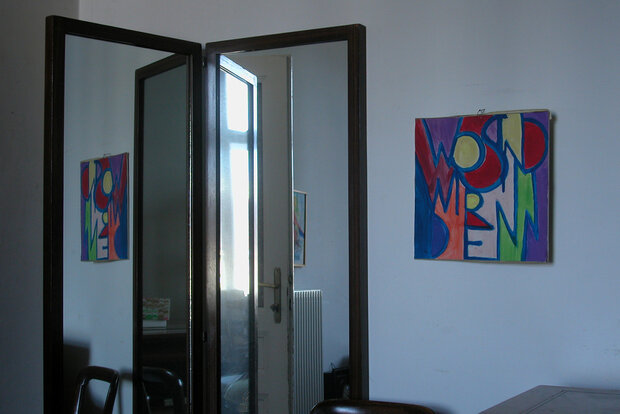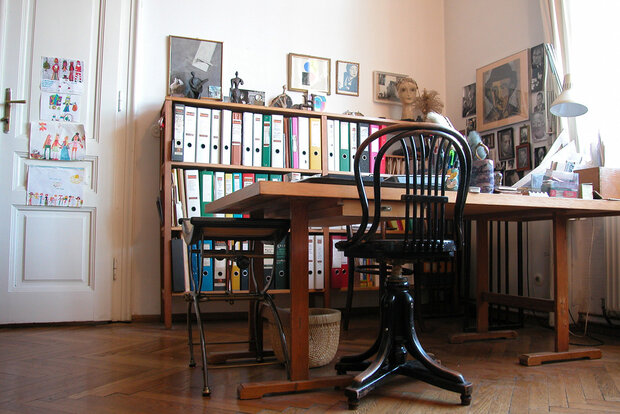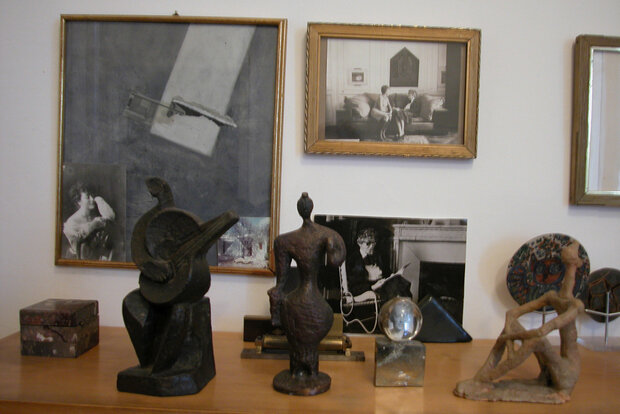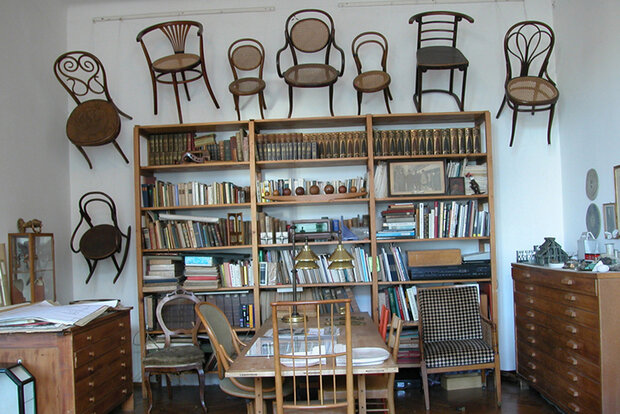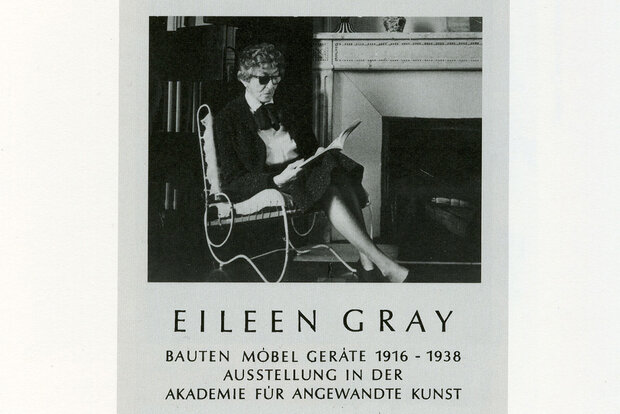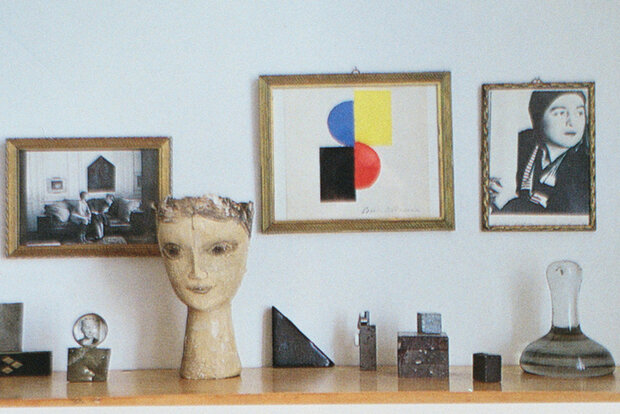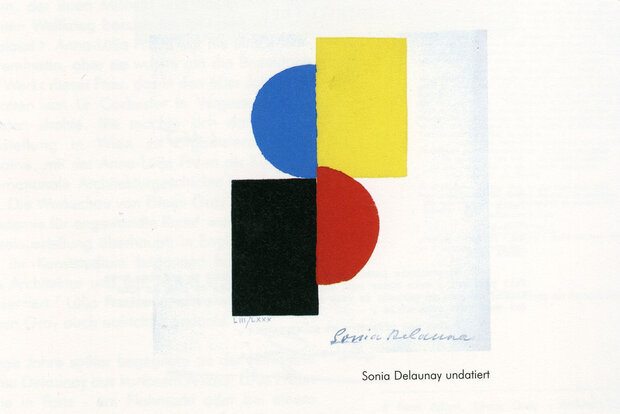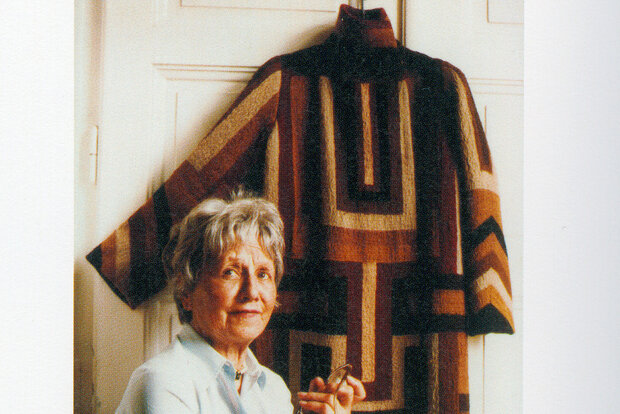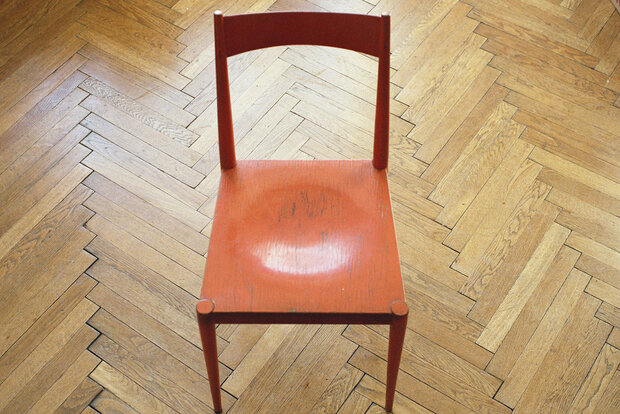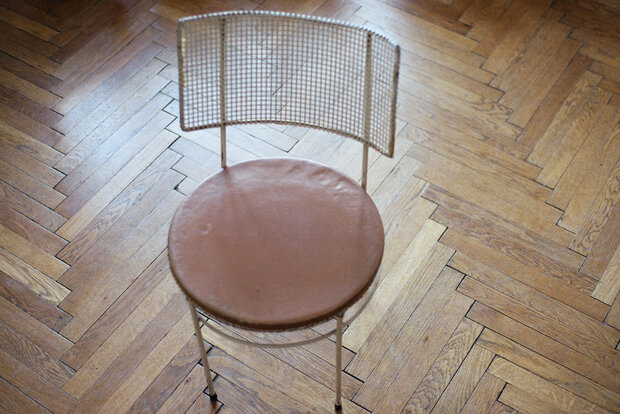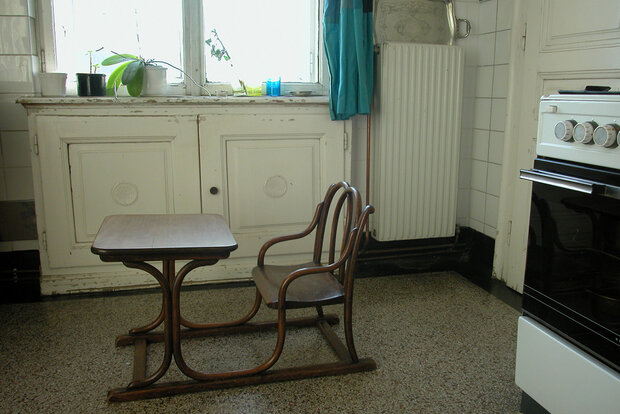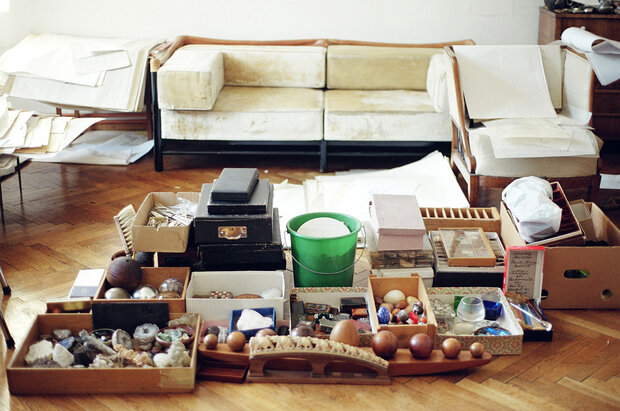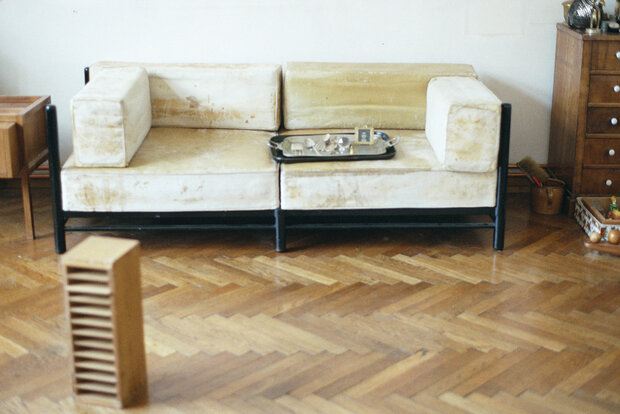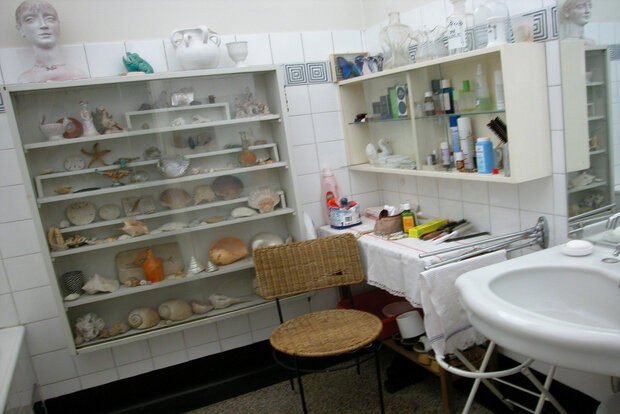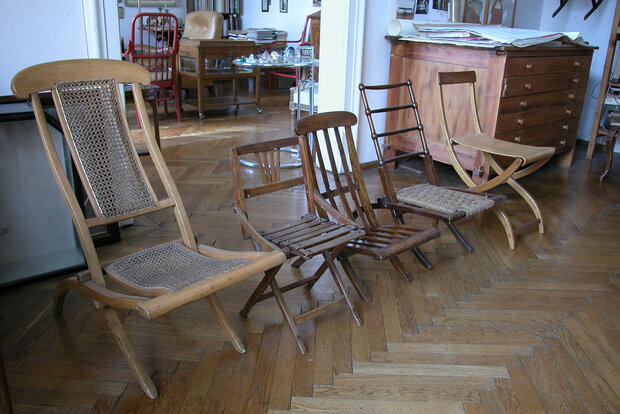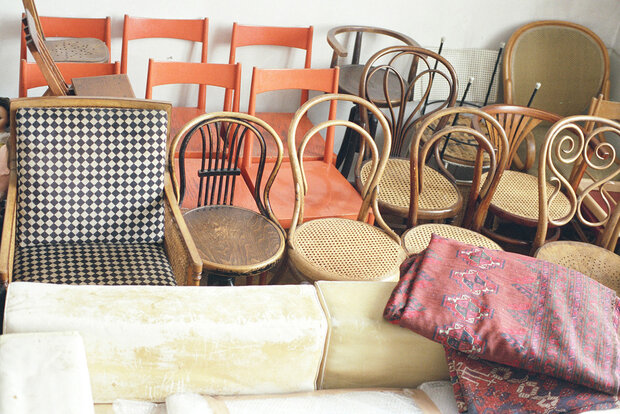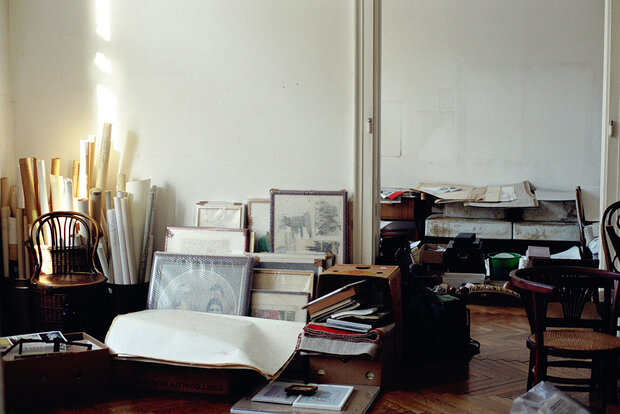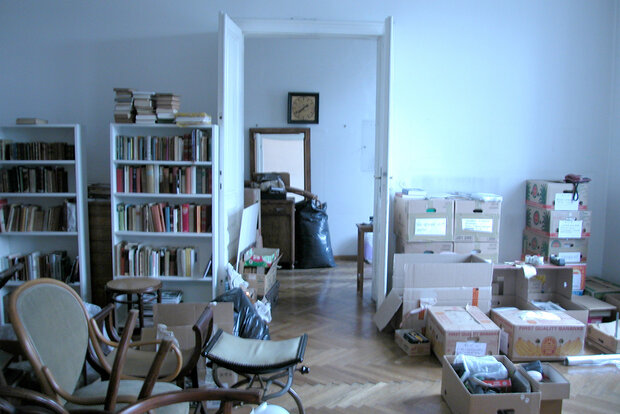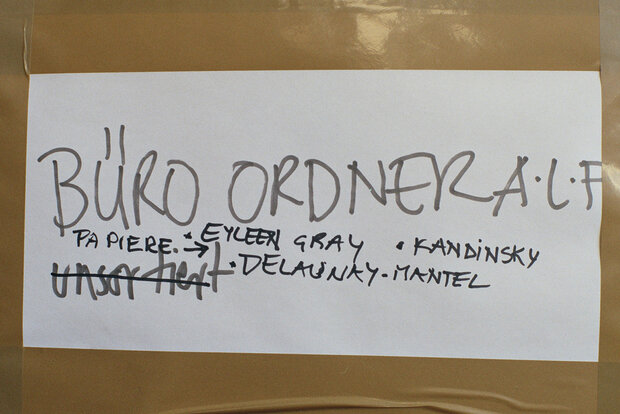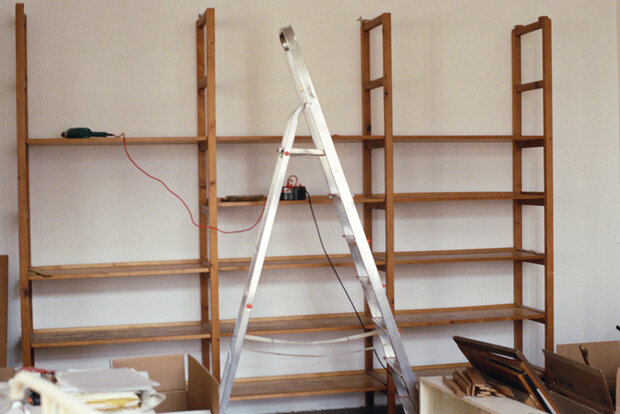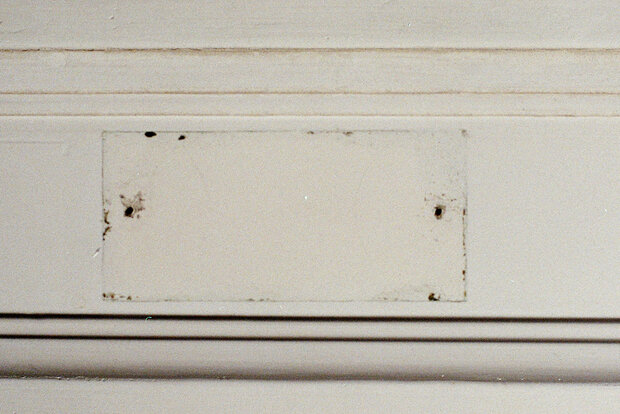Text
2008
Standing outside the door to the flat and pressing on the doorbell usually gave me an uneasy feeling in my stomach. I never knew what awaited me on the other side. It was at that very instance that the French doors would fling open and a petite, delicate, elegantly-dressed older woman with red lipstick would stand before me, eyeing me from head to toe. Her eyes only got as far as my neckline, and then she launched into it: "How can you run around in the midst of winter exposing all that cleavage? Don't people wear scarves anymore?"
Once we were inside Lülja Praun's flat, in an old Viennese building, I became lost in each and every detail. Every crack told a story. I stood in the entrance hall and caught a glimpse of Lülja's study reflected in the mirror. There were two work tables on the left with stacks of architectural plans draped over them. Photographs, pictures and personal notes lined the walls. There was a photograph of Eileen Gray in the middle next to a picture of Sonja Delaunay. It was only much later that I read in an interview where Lül told this story: "At that time I used to visit my sister quite often in Paris, where I met Eileen Gray. No one in Vienna was familiar with her work. Architects Kurrent and Spalt just scoffed 'What's this here you're bringing us?'
But she was one of the greatest people of our time. She never put any unnecessary touches on a piece of furniture; she had only studied furniture painting. Unfortunately, only 20 people came to the opening. That was in 1970. By the time I met her in person, she could hardly see or hear anything. I bought a table of hers in Italy. She ended up giving me the chair she is sitting on in that poster, although I never received it because her relatives did not want to let go of any of her pieces after she died. I met Sonja Delaunay in Paris as well. At a flea market, I found a coat that was clearly of Sonja Delaunay's making. I met her shortly before she passed away in 1979, and she assured me that this coat was the first one of a series of three coats she had tailored for actress Gloria Swanson. Then she gave me a certificate of genuineness.
I have had my own studio, and specialized in furniture making since 1956. I was interested in architecture insofar as I had built and remodeled several different houses.
It was later that--because of my contractors--I began to exclusively make furniture. The first piece of furniture I made was in Bulgaria. I had done the interior design for a friend's cosmetic studio. The furniture was not too bad, it was still very simple and conventional. It was partly inspired by my parent's Thonet furniture. My mother, who was a gynecologist, had received it from the English ambassador who had been a patient of hers.
My mother allowed me to move the furniture around at home as long as I put everything back in place before she returned in the evening. That's how I developed a sense for three-dimensional spaces. I was the only woman to study architecture at the Technical University in Graz. It was not hard, although it was unprecedented. Lots of people have written about how I sweated it, being the only woman among all those men, but that is pure exaggeration. No, it was not pleasant, and, yes, I did not fit in.
My furniture often incorporates different materials, and I have a penchant for stone [Steine]. When I was a student in Graz I went to the flea market every Saturday and bought stones. That's how I started collecting stones. I was really obsessed with crystals because of their very unique shapes. These shapes cannot be left out when conceptualizing furniture. Things made with slanted pieces of glass that people design because it's modern, like when a corner of a house juts out of the structure: I was always against those sorts of things. There is simply no relationship between the singular lines to be found. There are also some really good things out there, but I find the relationship between glass and concrete structures still very difficult. I don't use the word "design." I would never call myself a "designer." Anyone who puts their mind to it can "design" something. But when someone creates a piece of furniture, they have to know what they're doing. And they need the right craftsmen for the job. I was never interested in mass producing my furniture. Only once did I make a chair for the Triennale, which was sold there. Several people have seen furniture that I made and wanted to have it. I always altered it a little and used other materials and colors. I don't want to make furniture that does't fit in a space. The same goes for my apartment: if a sofa was in the place of Eileen Gray's table, I would take it away immediately. I want transparency. I want the space to remain open.
Translation: Erika Doucette
IMG
Slideshow - click on the image
<<
TEXT
Anna Lülja Praun


